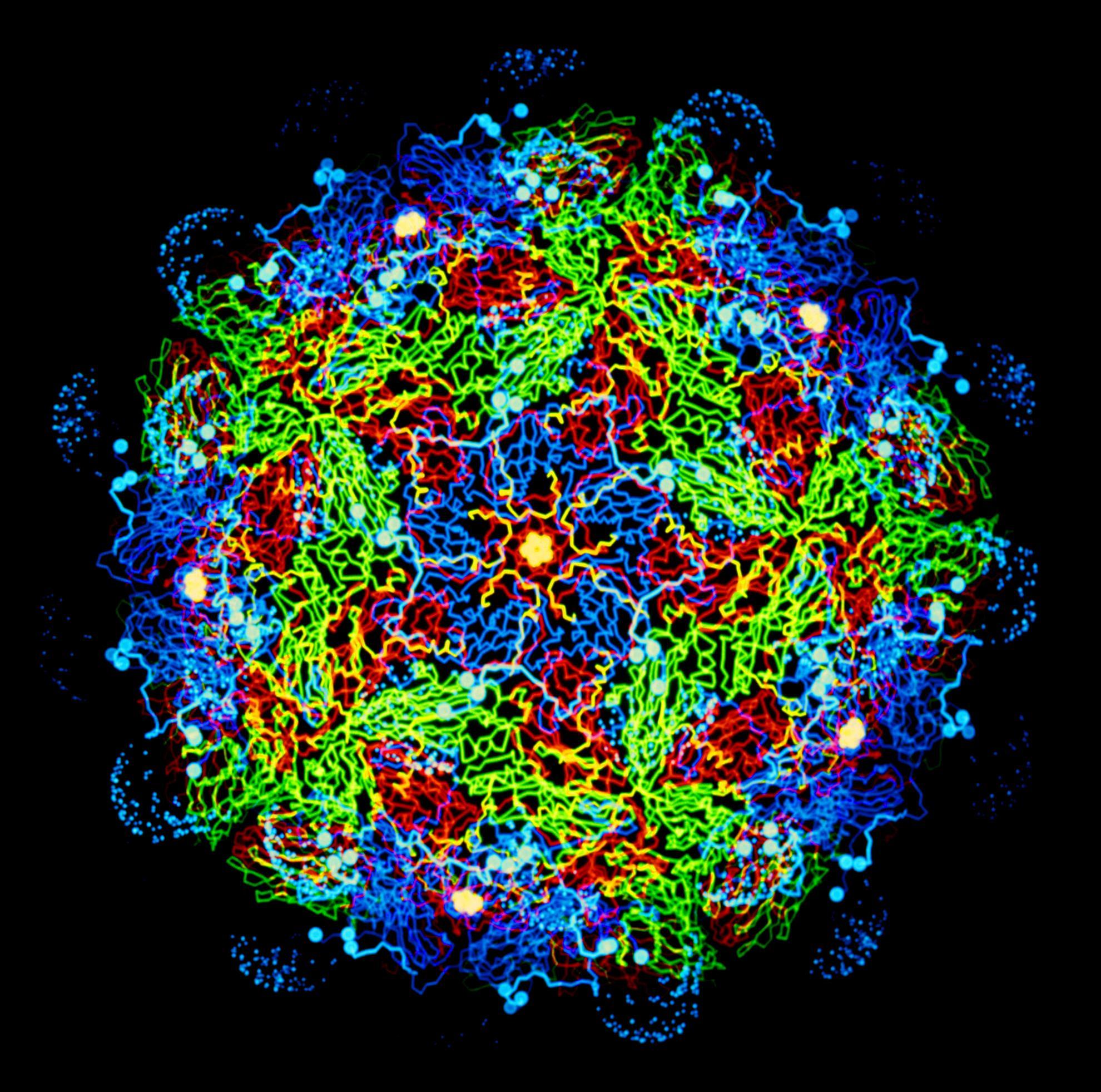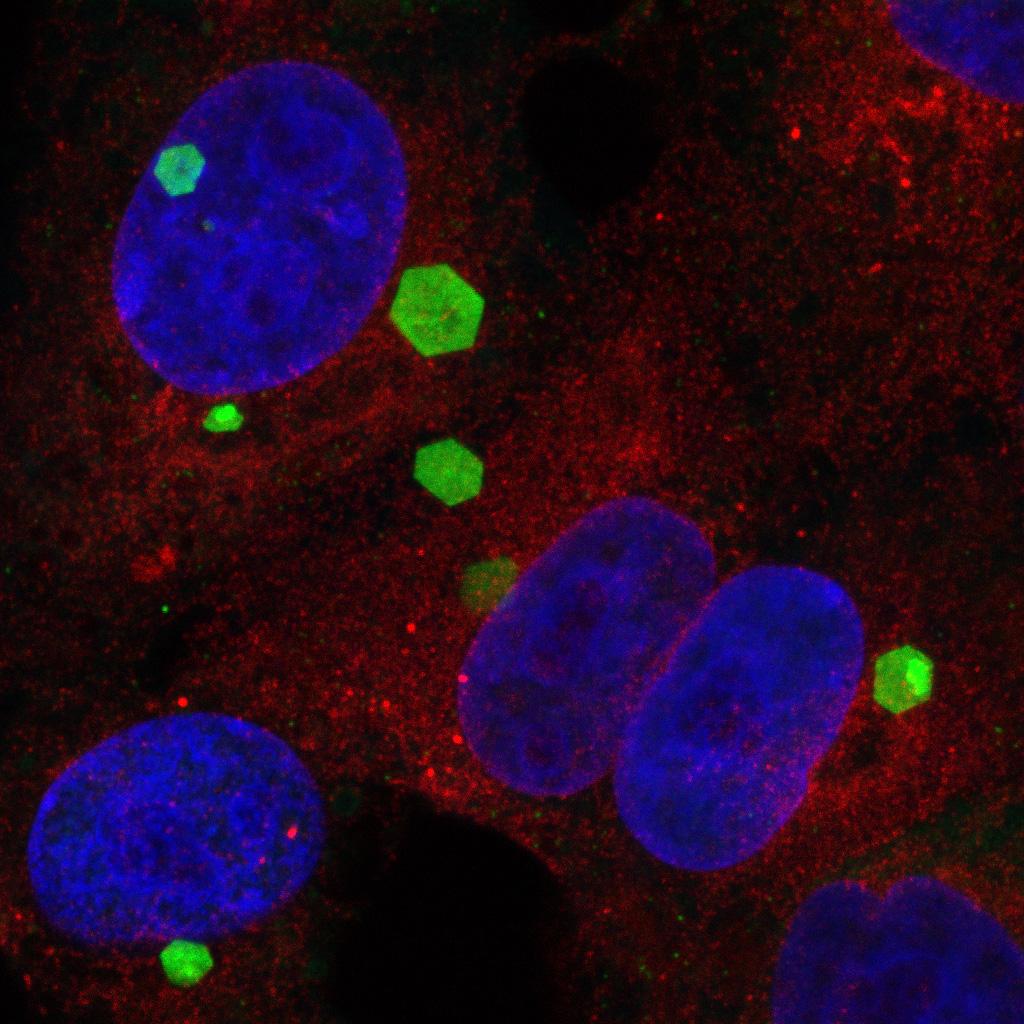The immunogenicity of recombinant vaccines based on modified Vaccinia Ankara (MVA) viruses expressing African horse sickness virus VP2 antigens depends on the levels of expressed VP2 protein delivered to the host
African horse sickness (AHS) is a lethal equine disease transmitted by Culicoides biting midges and caused by African horse sickness virus (AHSV). AHS is endemic to sub-Saharan Africa, but devastating outbreaks have been recorded periodically outside this region. The perceived risk of an AHS outbreak occurring in Europe has increased following the frequent epidemics caused in ruminants by bluetongue virus, closely related to AHSV. Attenuated vaccines for AHS are considered unsuitable for use in non-endemic countries due bio-safety concerns. Further, attenuated and inactivated vaccines are not compatible with DIVA (differentiate infected from vaccinated animals) strategies. All these factors stimulated the development of novel AHS vaccines that are safer, more efficacious and DIVA compatible. We showed previously that recombinant modified Vaccinia Ankara virus (MVA) vaccines encoding the outer capsid protein of AHSV (AHSV-VP2) induced virus neutralising antibodies (VNAb) and protection against AHSV in a mouse model and also in the horse. Passive immunisation studies demonstrated that immunity induced by MVA-VP2 was associated with pre-challenge VNAb titres in the vaccinates. Analyses of the inoculum of these MVA-VP2 experimental vaccines showed that they contained pre-formed AHSV-VP2. We continued studying the influence of pre-formed AHSV-VP2, present in the inoculum of MVA-VP2 vaccines, in the immunogenicity of MVA-VP2 vaccines. Thus, we compared correlates of immunity in challenged mice that were previously vaccinated with: a) MVA-VP2 (live); b) MVA-VP2 (live and sucrose gradient purified); c) MVA-VP2 (UV light inactivated); d) MVA-VP2 (UV light inactivated and diluted); e) MVA-VP2 (heat inactivated); f) MVA-VP2 (UV inactivated) + MVA-VP2 (purified); g) MVA-VP2 (heat inactivated) + MVA-VP2 (purified); and h) wild type-MVA (no insert). The results of these experiments showed that protection was maximal using MVA-VP2 (live) vaccine and that the protection conferred by all other vaccines correlated strongly with the levels of pre-formed AHSV-VP2 in the vaccine inoculum.

